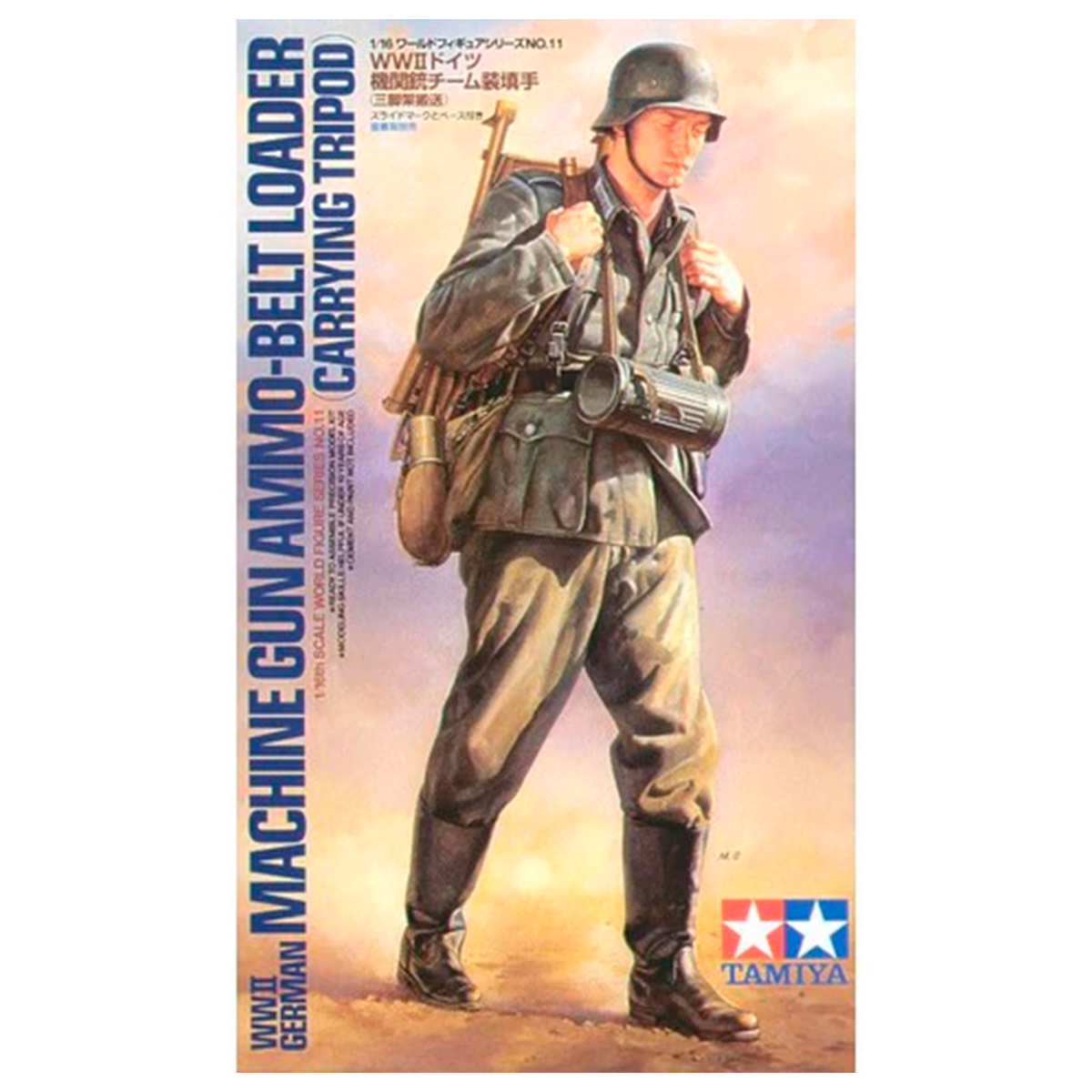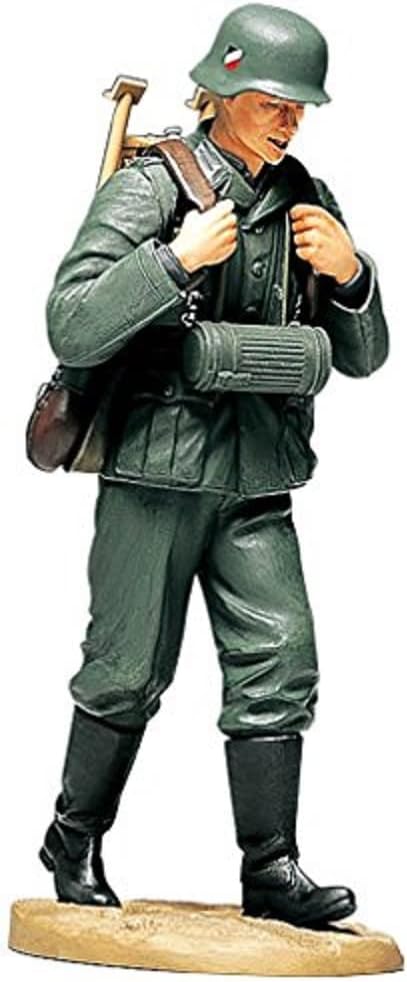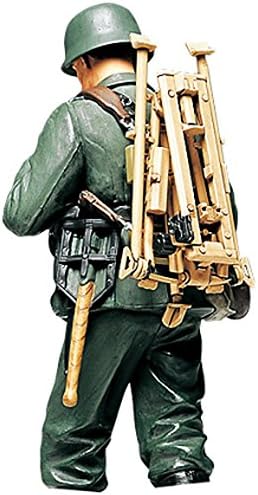1/16 German Machine Gun Ammo Loader
18,00€
In stock

*Please check our Privacy Policies to see how to we use your personal data.
*Por favor revisa nuestra Política de Privacidad para ver como tratamos tus datos personales
Based on the experience of World War I, the German Army paid much attention to the development of light and heavy infantry machine guns in the interwar period. The result of these efforts was the introduction into service in 1934 of the successful MG34 machine gun, which replaced the less practical and much heavier MG08 or leMG 08/15 rifles. During World War II, another equally successful, but cheaper to produce design was introduced: the MG42. Both rifles were the de facto basic machine guns of the German infantry and armored grenadiers during World War II. Their extremely high rate of fire and high ballistic parameters meant that they were perceived as the basic support weapon at platoon or company level and often even for a team. Interestingly, thanks to the relatively low weight, they could be used successfully in both offense and defense. Very often, in the course of combat operations, the soldier responsible for servicing the MG34 or MG42 was assigned 2 to 3 rounds of ammunition to ensure that the rest of the team fired machine guns without interruption.
Basado en la experiencia de la Primera Guerra Mundial, el ejército alemán prestó mucha atención al desarrollo de ametralladoras de infantería ligera y pesada en el período de entreguerras. El resultado de estos esfuerzos fue la introducción en servicio en 1934 de la exitosa ametralladora MG34, que reemplazó a los rifles MG08 o leMG 08/15, menos prácticos y mucho más pesados. Durante la Segunda Guerra Mundial, se introdujo otro diseño igualmente exitoso, pero más barato de producir: el MG42. Ambos fusiles fueron de facto las ametralladoras básicas de la infantería alemana y los granaderos acorazados durante la Segunda Guerra Mundial. Su altísima cadencia de tiro y sus elevados parámetros balísticos significaban que se percibían como el arma de apoyo básica a nivel de pelotón o compañía y, a menudo, incluso de un equipo. Curiosamente, gracias al peso relativamente bajo, podrían usarse con éxito tanto en ataque como en defensa. Muy a menudo, en el curso de las operaciones de combate, al soldado responsable de dar servicio a la MG34 o MG42 se le asignaban de 2 a 3 municiones para garantizar que el resto del equipo disparara ametralladoras sin interrupciones.






 Request of SDS product data file / Product security
Request of SDS product data file / Product security